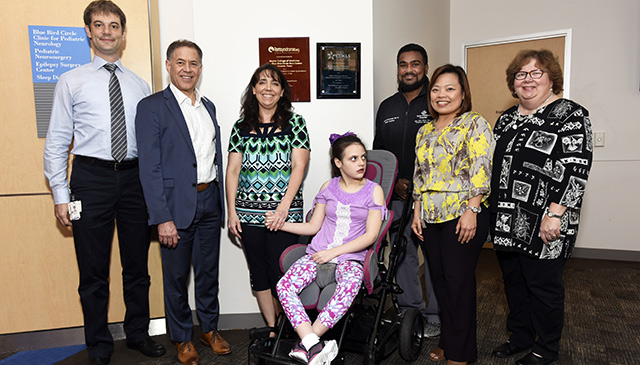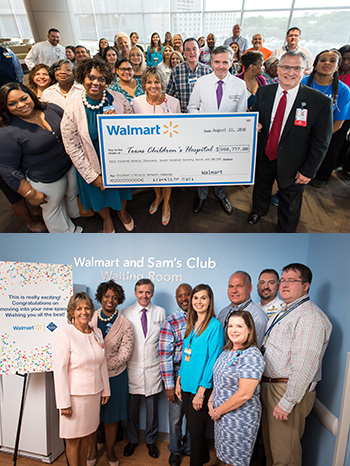On September 11, Texas Children’s opened its 12th urgent care clinic, the second of which is located near a Texas Children’s Emergency Center.
The recently opened urgent care is located next to the Texas Children’s Hospital West Campus Emergency Center to help manage the Emergency Center’s low-acuity patient population and to serve patients and families in the West Houston area. The care team includes front office staff, nurses and clinical support staff, and board certified pediatricians and pediatric-focused advanced practice providers.
At 4,250 square feet, the clinic has 11 exam rooms, an X-ray room, and a spacious waiting area covered in murals, providing a relaxing, child-friendly atmosphere.
“A strong collaboration between this Urgent Care and the Emergency Center is going to be critical,” said Sara Montenegro, assistant vice President at West Campus. “It has been great so far as we have simulated ahead of time and practiced best and worst case scenarios to make sure we are as prepared as possible.”
This collaboration with the Emergency Center offers a quicker and less expensive option for low-acuity patients. To be seen at the clinic, patients can go directly there or be transferred from the Emergency Center after being assessed. If they are transferred, patients and their family members will be escorted to the clinic’s location.
“We are very excited to be out here at West Campus,” said Gary Macleod, the clinic’s director of clinical operations. “Hospital-based urgent cares are always really exciting for us. The ability to work hand-in-hand with the hospital makes us more effective.”
The West Campus Urgent Care is open from 11 a.m. to 11 p.m., seven days a week. The “Save My Spot” feature, which allows patient families to reserve a time slot at the clinic from the comfort of their own home, is live and wait times are also posted on the website so families know how long it will be before they are seen. Electronic check in is also available to expedite the registration process and potentially aid in lowering wait times.
“Our mantra is to ensure that patients are getting the right care, at the right place at the right time, and with us specifically, at the right cost,” said Roula Zoghbi Smith, director of Business Operations for the Urgent Care. “The urgent care is typically a more cost effective option for families, than seeking care in the Emergency Center, which is always appreciated.”
For more information about Texas Children’s Urgent Care and its locations, click here.


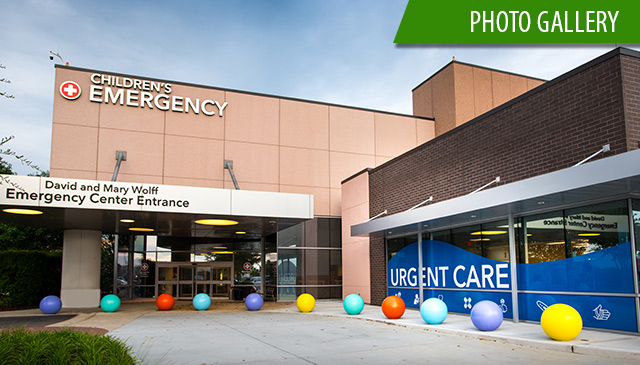


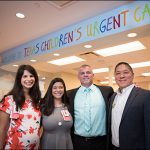


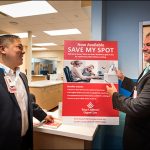

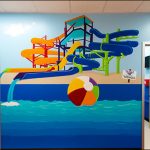

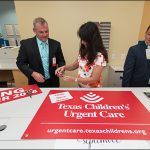




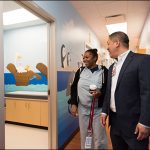
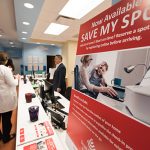
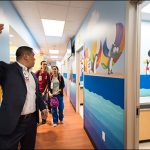

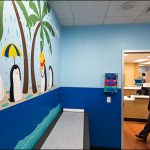
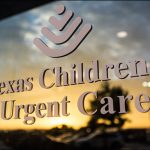

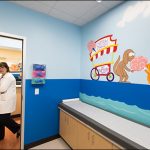

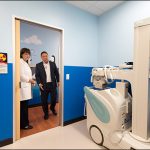
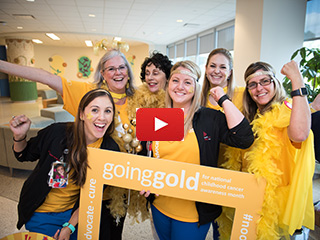




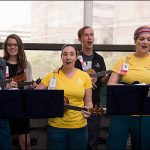













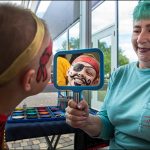


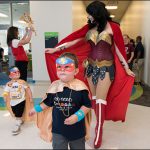



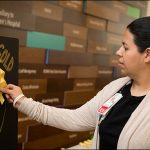
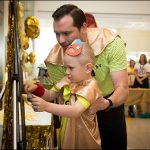




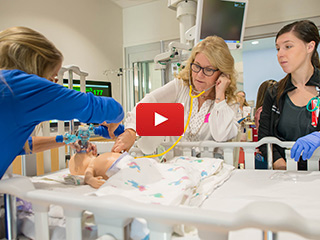
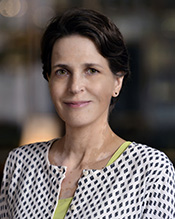 Texas Children’s Physical Medicine and Rehabilitation Electrodiagnostic Laboratory has received Laboratory Accreditation with Exemplary status from the American Association of Neuromuscular & Electrodiagnostic Medicine (AANEM). Dr. Suzanne Woodbury is the laboratory’s medical director and said she is very excited to receive AANEM Laboratory Accreditation status.
Texas Children’s Physical Medicine and Rehabilitation Electrodiagnostic Laboratory has received Laboratory Accreditation with Exemplary status from the American Association of Neuromuscular & Electrodiagnostic Medicine (AANEM). Dr. Suzanne Woodbury is the laboratory’s medical director and said she is very excited to receive AANEM Laboratory Accreditation status.